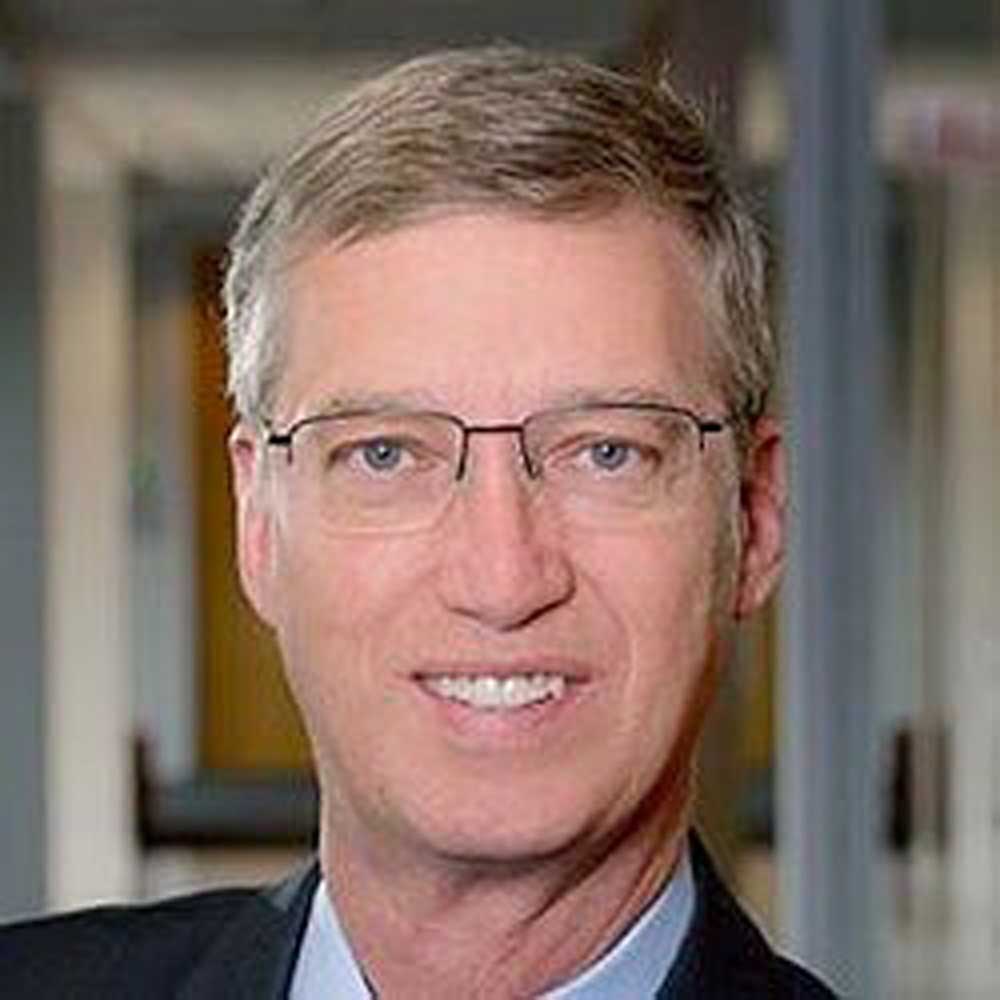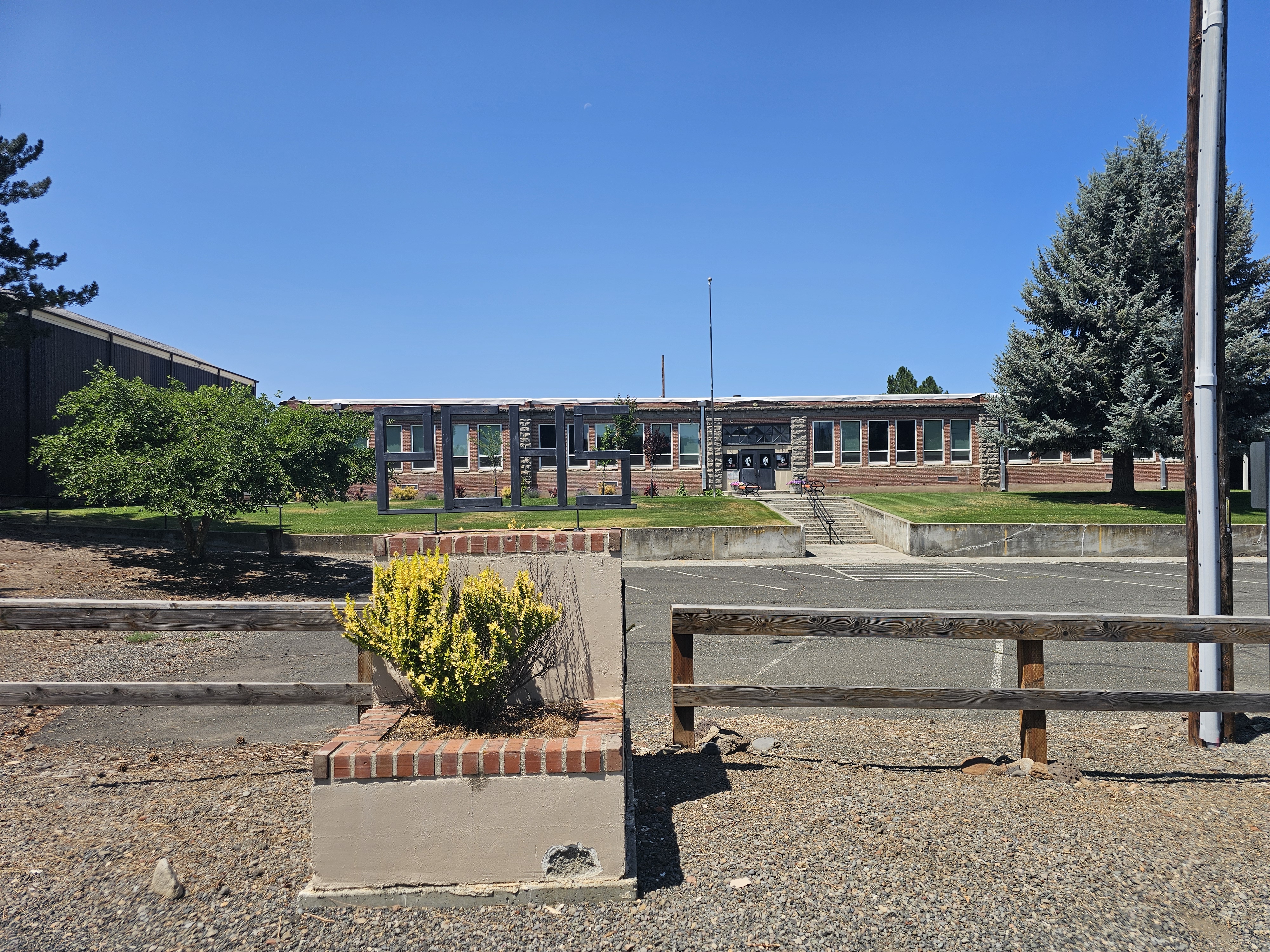Shortage of health care workers, physicians hits rural America hardest
Published 5:00 pm Sunday, May 19, 2024

- Scott
SALEM — The American Medical Association is calling on Congress, insurance companies and the Biden administration to address the ever-widening health disparities between urban and rural communities.
Trending
Those disparities are at the root of why rural Americans suffer disproportionately high rates of heart disease, cancer, stroke, respiratory illness, diabetes and injuries, said Dr. Bruce Scott, president-elect of AMA.
While the disparities include economic factors, AMA’s focus is on the worsening shortage of health care workers and physicians that is hitting rural areas the hardest, he said in a virtual press conference from the National Rural Health Association conference in New Orleans.
“In 2023, 65% of rural communities had insufficient access to primary care physicians, including pediatricians. There are insufficient residency spots for training doctors in rural areas to make up and take off some of the pressure of the physician shortages,” he said.
Trending
Rural practice
History shows that 80% of the time, doctors end up practicing within 80 miles of where they’ve done their residency, so residency location is important, he said.
In addition, medical schools are receiving fewer applicants from individuals from rural areas, who are most likely to return to practice in rural areas. Even those who consider practicing in rural areas choose not to because of high student debt and typically lower wages, he said.
The workforce problem is predicted to get worse. The Association of Medical Colleges recently predicted a shortage of up to 87,000 physicians nationwide by 2036, he said.
Burnout
Burnout impacts almost 2 out of every 3 physicians. A recent study by the Mayo Clinic found that 1 in 5 physicians hope to retire or leave clinical practice in the next 2 years and 1 in 3 plan to reduce the hours they are practicing.
“All of this compounds the access problem, particularly in rural areas,” he said.
We need to build a stronger physician workforce, and that begins with supporting the physicians that are in practice today. AMA is focused on fixing the systemic issues of the healthcare system.
“Highest among these problems are the broken Medicare physician payment system and the administrative burdens that takes us as physicians away from doing what we all became doctors in the first place to do — take care of patients,” he said.
Broken system
“Both of these issues lead to physician burnout, and they’re emblematic of a broken and unsustainable healthcare system that we currently have,” he said.
The Medicare payment rate to physicians has remained stagnant or declined over the last two decades, while practice costs have increased. Adjusted for inflation, the Medicare payment rate has dropped 29% since 2001, he said.
That has been creating severe financial stress for physicians — particularly those in private practice, who are the backbone of the healthcare safety net in rural areas, he said.
Making matters worse is that the private insurers have linked their payment to the Medicare payment structure, he said.
Administrative burden
As for administrative burdens, physicians spend on average two hours on administrative work for every one hour spent taking care of patients, he said.
High on the list of administrative burdens is prior authorization, a requirement from third-party payers to get approval for care. On average, physicians complete 45 prior authorizations per week, and it’s even worse in primary care, he said.
“The prior authorization process is overused, overly burdensome and wastes physicians’ time. But I’m even more concerned about the fact that prior authorization hurts patients,” he said.
One-third of surveyed physicians reported prior authorization led to serious adverse events for their patients because of delays or abandonment of care, and 80% said prior authorization leads to patients often abandoning treatment altogether.
Physicians are getting burned out, and they’re leaving practice because the system is making it more and more difficult for them to care for their patients, he said.
“I worry that health outcomes in rural America will continue to decline even faster where the margins are even slimmer and so many of the systems and the physicians (are) already teetering on the brink,” he said.
• More than 15% of the U.S. population, 46 million people, live in rural areas — exceeding the population in 20 of the largest U.S. cities combined.
• Death rates in rural America are 20% higher than in urban communities.
• There are about 30 physician specialists for every 100,000 residents in rural areas compared to 263 specialists per 100,000 residents in urban communities.
• More than 130 rural hospitals closed between 2010 and 2021, and many more are on the verge of closure.
Source: American Medical Association









